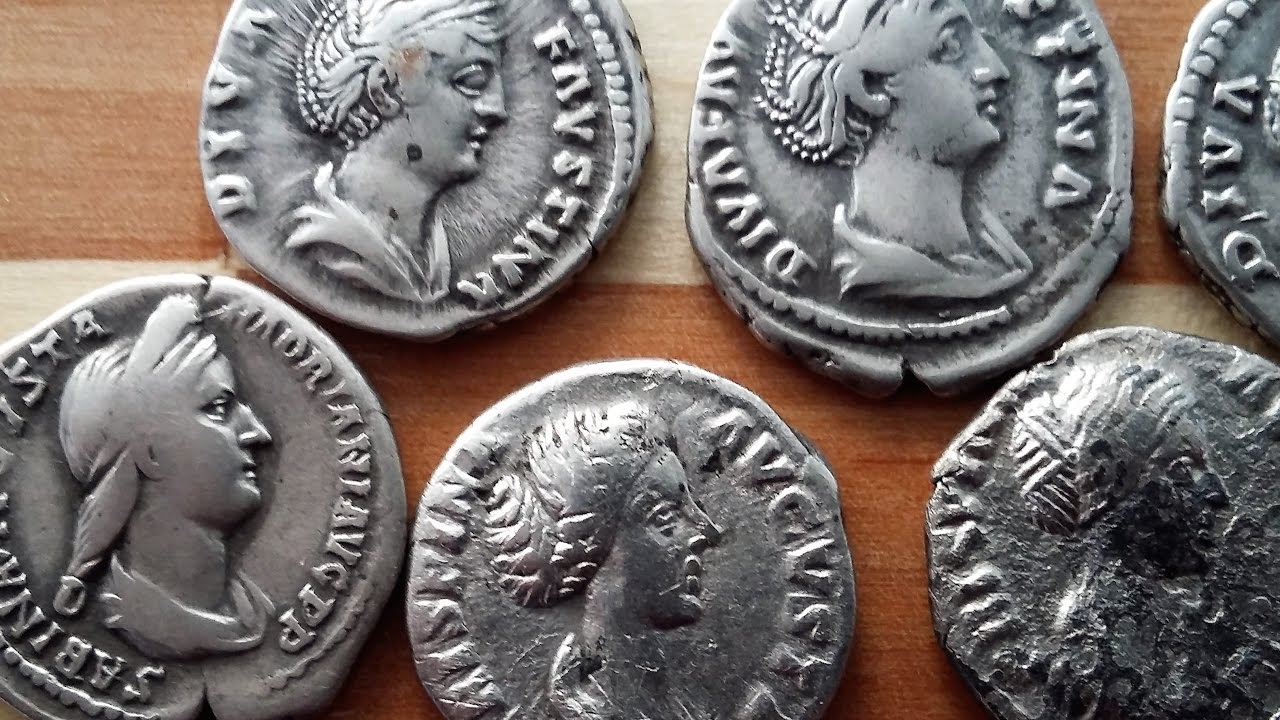 Lead smelted in ancient Rome on an industrial scale. Traces of this activity are found even in the ice of Greenland
Lead smelted in ancient Rome on an industrial scale. Traces of this activity are found even in the ice of GreenlandThe study of individual layers of the glacier from Greenland
allowed scientists to obtain more information about what constituted the economy of ancient Rome, tracking down individual stages of the life of the entire Roman civilization. Ice keeps in itself traces of pollution by the industry of Rome, so that the dynamics of the concentration of pollution can be judged on the impact of wars, epidemics and new conquests on the Romans.
These are traces of lead, which in ancient Rome was a very popular metal. From it did water pipes and other elements of the plumbing. They also connected various elements of buildings, structures, ships. In addition, lead was used in the smelting of silver, which was in the Roman Empire the main means of calculation between citizens, as well as Romans and foreigners. Of course, not silver in itself (although it also), but denarii, silver money.
Wikipedia tells us
that the denarius is the name of a Roman silver coin from the time of the Republic (minted for the first time in 268 BC) and the first two centuries of the Empire. One of the most common coins in the territories under the authority or influence of Rome.
As for the ice, which was investigated by scientists, then we are talking about part of the glacier from North Greenland. The core of one of the glacier tongues was formed from 1100 BC. 800 AD Each layer of this ice massif contains information about a time period of about a year. Its structure is similar to the structure of wood, only for obvious reasons, not annual rings, but simply layers of ice.
The first to explore this ice climatologists decided for their own purposes. After the discovery of a high lead concentration (higher than the natural background), historians joined, who understood what was the matter. The dynamics of changes in the concentration of pollution were decided to be compared with known facts about the Roman Empire and the periods of its development and decline. Everything is simple here - the higher the level of contamination of ice, the, it turns out, the development of the state and its colonies proceeded more actively. A drop in lead concentration in ice suggests some problems.
By the way, before starting work on the study of ice pollution by lead, scientists, using computer models, decided to check whether there were compounds from other countries in the Greenland ice (the same China, for example, also developed well, so the assumption is logical). But it turned out that no, the features of the map of the winds in antiquity contributed to the fact that the air masses that passed over Europe of that time came to Greenland.
It turned out that the increase in lead concentration in the glacier first appeared in about 1000 BC. Then the development of lead and silver in the mines of Spain (or rather, the territory of present-day Spain) began for the first time. Then, for 1800 years, traces of lead continue to occur in the ice, and scientists began to read this data as an open book - in this case, on history.
To test the assumption that lead concentration may be an indication of the stages of state development, scientists analyzed the layers of ice formed during the Punic Wars. With the country's economy then it was more or less all is well, Rome was very strong on its feet, which gave him the opportunity to fight with a no less powerful Carthage. But the problem is that during the war people are needed, soldiers. They were recruited from everywhere, including all sorts of "industrial enterprises". For example, mines, where they mined lead and silver.
 Silver denarii
Silver denariiThe soldier was getting bigger, the “miners” - less, respectively, less ore was mined, smelting was not as intense as before. Consequently, the atmosphere was not polluted so much and the ice in Greenland was cleaner than the previous layers. Indeed, the analysis of ice samples confirmed the assumption that the concentration of lead in the layers belonging to the time of the
Punic Wars was much lower than in others.
The maximum concentration of lead in the ice of Greenland is fixed in the layers formed during the formation of the Roman Empire. Then the state consolidated all its provinces, and in Rome, for about a century, the era of political stability and economic prosperity began. Silver and lead smelted from ore very much.
Minimum - during the epidemic 249-270. AD, which struck the state just at the time when the Roman Empire itself was “sick”. The concentration of lead in the ice of Greenland began to fall and was restored to its previous level only in the layers formed during the beginning of the development of mines in France and Britain. This is already in the earlier Middle Ages.
All this work is an excellent example of what results can be achieved by combining the work of various teams of specialists - climatologists, glaciologists, historians and others.
DOI:
10.1073 / pnas.1721818115